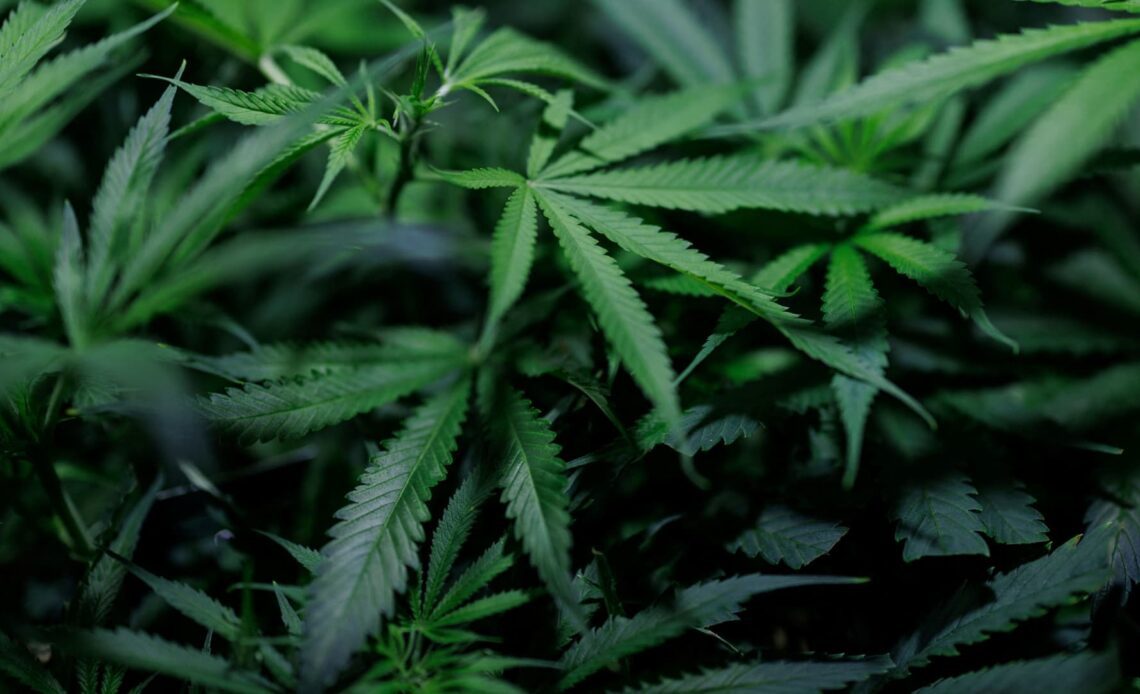Cannabis plants grow in the clone room at Aurora Deutschland GmbH, a manufacturer of medical Cannabis products, in Leuna, Germany September 11, 2023.
Lisi Niesner | Reuters
Growing cannabis indoors uses a lot of energy, obviously resulting in higher emissions.
But some companies are trying to combat that like U.K.-based cultivator Glass Pharms. It claims to be the world’s first firm to grow cannabis indoors in a carbon-neutral way. It actually says it goes one better, and produces in a carbon-negative way — without buying carbon credits that would usually offset emissions.
The company’s greenhouse facility in the south of England gets all its power from an anaerobic digestion plant, which is fed on waste food that would normally go to landfill and release methane as it breaks down, CEO James Duckenfield explained to CNBC on a video call.
Carbon dioxide has been used as a unit of reference by the Intergovernmental Panel on Climate Change when gauging the global warming potential (GWP) of other greenhouse gases. In the case of methane, it has been estimated to have 28 times the global warming potential of CO2 over a 100-year timeframe.
Taking that equivalent measure of methane emissions into account is what makes Glass Pharms’ process carbon negative, said Duckenfield.
Instead, the biogas created in the anaerobic digestion plant is converted into electricity, which also generates waste heat. That is then used to heat and cool Glass Pharms’ greenhouse.
“When we get the energy we’re really efficient with it,” Duckenfield said.
In addition, he said that air is flowed through the plants vertically, instead of using horizontal fans that are normally seen in greenhouses. This creates a convection current that helps air move around the greenhouse and disrupts any microclimates that can lead to mold, he explained.
The facility’s water supply is also harvested from the rain that lands on its roof, which is then treated and even recycled after use.
This means Glass Pharms’ greenhouse facility does not take any electricity from the energy grid, nor does it rely on mains water.
‘Very energy intensive’
These efficiencies are particularly beneficial to a business operating in this area. Duckenfield highlighted that the greenhouse cannabis industry is typically “very energy intensive” given the amount of light and water needed, as well as humidity control.
An indoor cannabis cultivation site with 500 plants that operates throughout the year can potentially consume between 1.6…
Click Here to Read the Full Original Article at Top News and Analysis (pro)…


